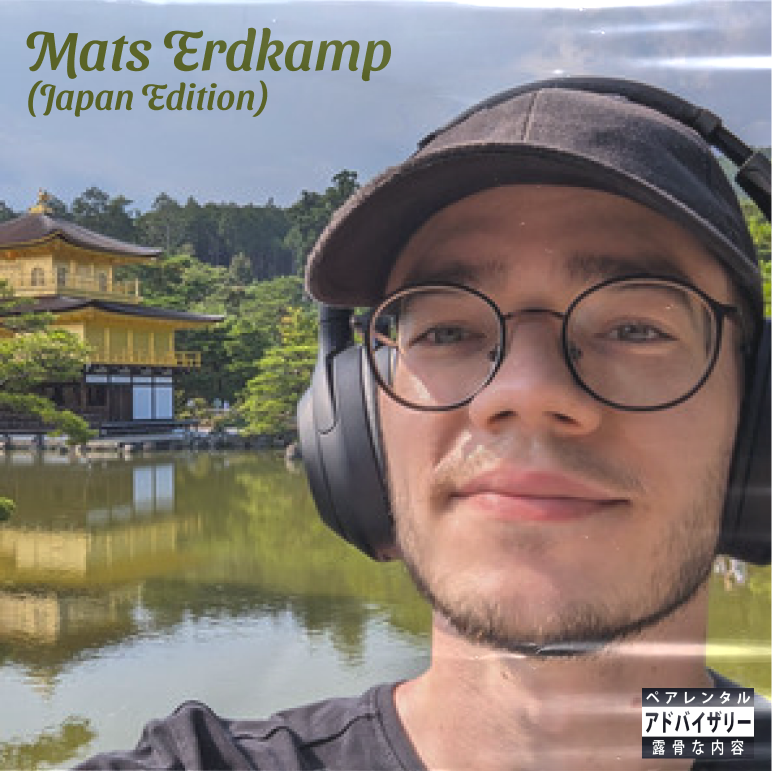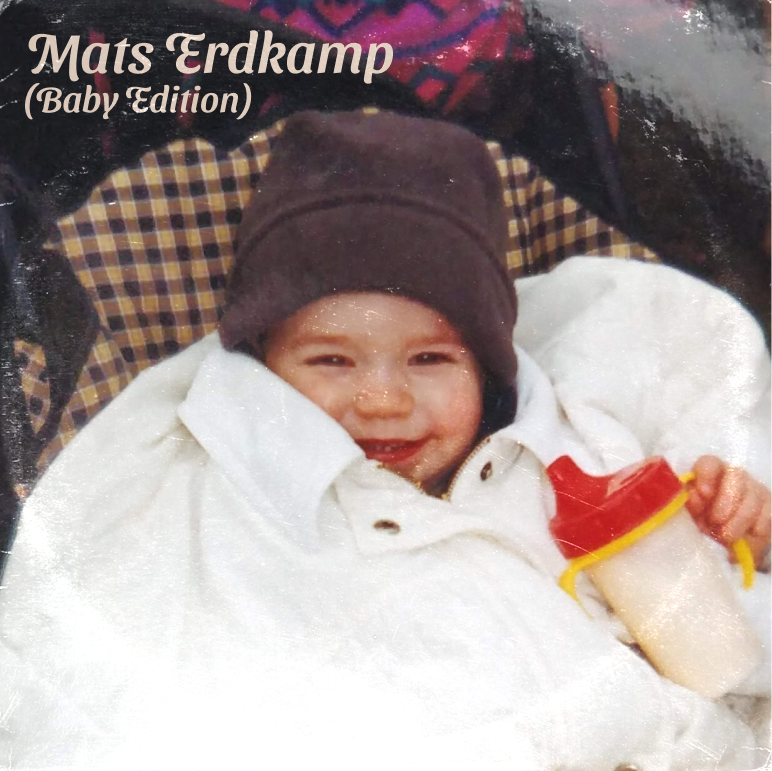Identity
As a designer, I focus on human-computer interaction (HCI). Moving along the intersection of software engineering and industrial design, I have honed a valuable set of skills that allow me to transform abstract ideas into tangible products. With my work within HCI, I try to design experiences that marry the digital with the humane in a socially-oriented way. I preferably work on the entire product experience, since I strongly believe products a set of functions, but rather a holistic experience.
Always eager to learn, I stay updated with the latest technological advancements, allowing me to innovate and maintain the relevance and edge of my work. Lately, my work has been including more and more artificial intelligence, an technological development which I think will relatively quickly reshape the world as we know it like never seen before. I am excited to be part of this change, and enjoy bringing my designerly perspective to this quickly evolving field and its problems.
Since my designs include a social element most of the time, I prefer to validate their effectiveness through field deployments. This gives me more insight into the real-world effectiveness. My pragmatic mindset is another reason I like to design for the real world, in the near future. Making daily interactions just a tiny bit better can have a huge impact on the world, which makes me eager to design for this context. Instead of adopting a generalized approach, applying one skillset to a wide variety of contexts, I favor a more focused strategy. I immerse myself deeply into a single topic, delving beneath the surface to unearth subtle nuances and complexities that might otherwise remain hidden. This intensive exploration allows me to understand the subject matter at a deeper level, revealing opportunities for innovation that a quick glance might miss.
In short, my identity as a designer is characterized by a strong interest in innovative technologies, and how they might be applied to the everyday social aspects of life. I am driven by a desire to improve human-computer interaction by making it more human-oriented. With a passion for music, and a strong interest in data-driven design, I aim to contribute deep new insights for the designs of tomorrow.
Vision
I believe that personal data can be put to use to strengthen human connections. The vast amounts of personal data we produce by being online are now mostly used to feed into recommendation engines. I think that parts of our digital data can play a bigger role in helping create and support interpersonal relationships.
Take the process of consuming music as an example. Over the years, the social aesthetics of choosing what to listen to got lost. Flipping through a CD collection, or buying a vinyl record, were not only personal choices but also social signals. These actions provided opportunities for shared experiences, conversation starters, and insights into someone's personality or mood. They also provided a level of serendipity and discovery that is often missing in the era of algorithmic playlists. In contrast, platforms like Spotify and Apple Music have extraordinary recommendation algorithms, which, while incredibly efficient at predicting our musical tastes, have minimized the active engagement and social interaction once inherent in music selection. We should think about how these platforms can integrate with physical spaces to recreate the tangible, social experience of music listening. There is a wealth of opportunities for innovation in this area, blending the convenience of digital music libraries with the social and tactile experiences that were lost in the transition from physical to digital.
The digital era has stripped us from certain social interactions. I argue that we can not only bring them back, but that they can return stronger than ever before through a data-driven approach. This should lead to a society where technology doesn't just predict our preferences but also enriches our connections with others. By doing so, we harness technology not only to echo our preferences but to also build bridges between us.


